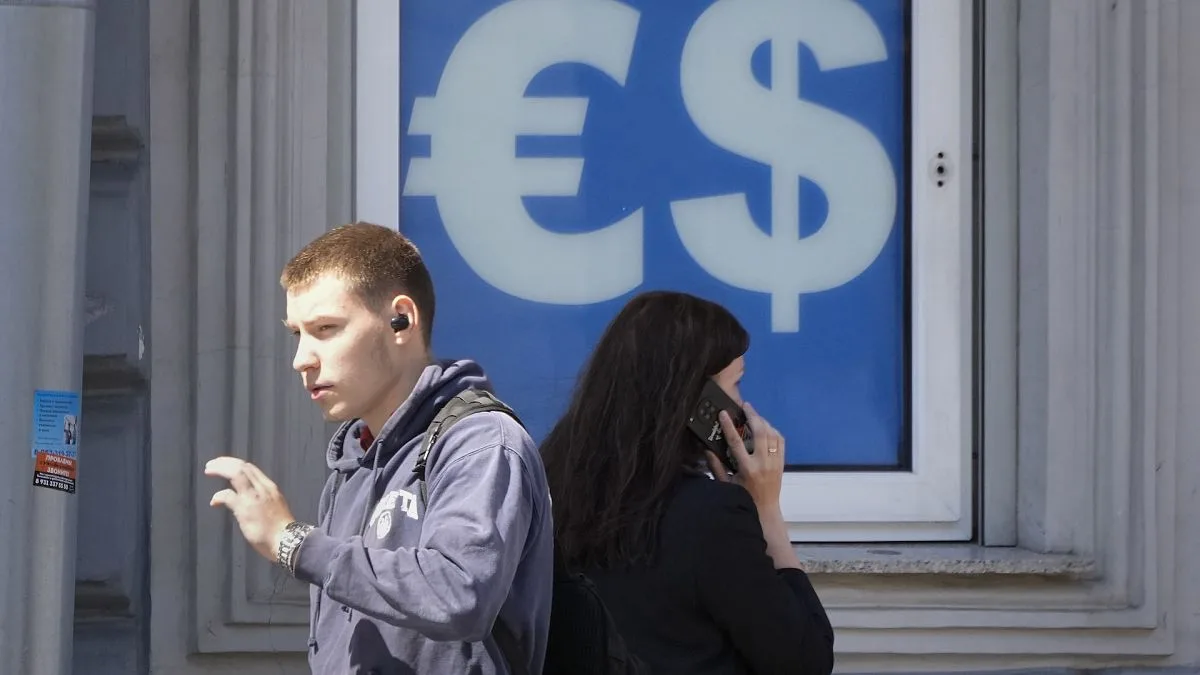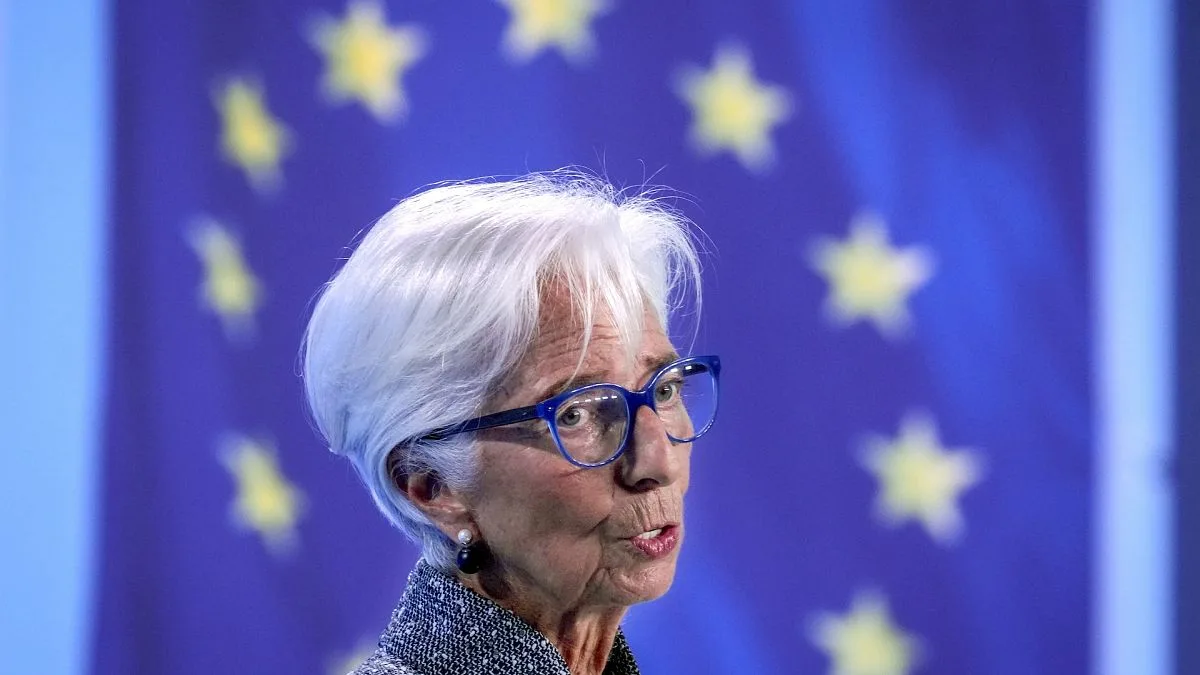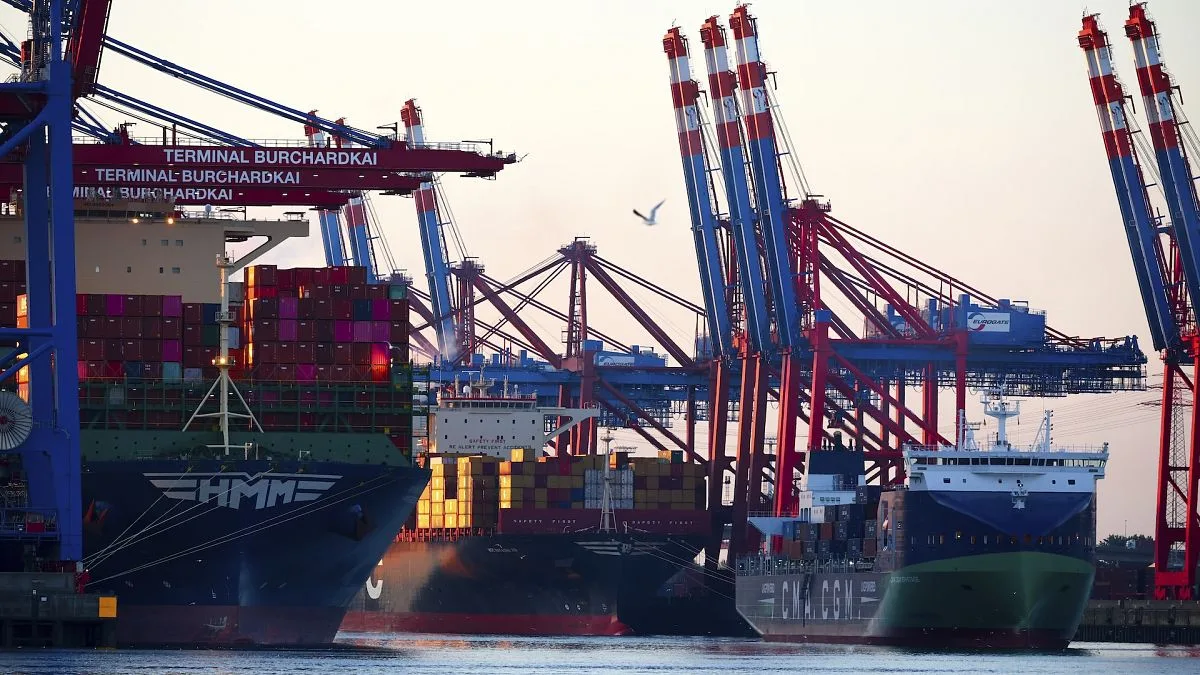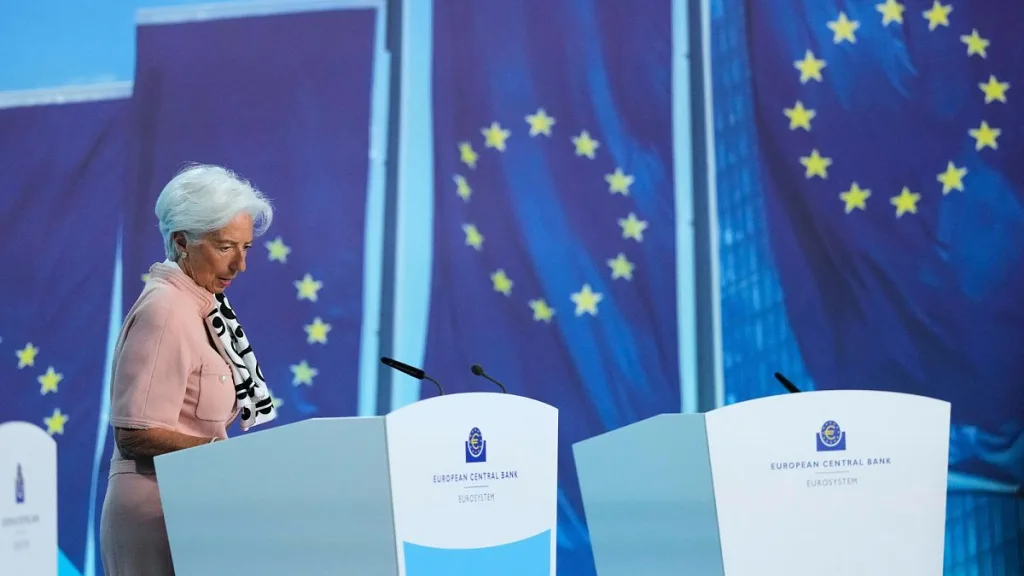The euro plummeted to $1.05 against the dollar on Thursday, marking a new 13-month low and registering its fifth consecutive day of losses. This decline is largely attributed to mounting expectations for a strengthened dollar under President-elect Donald Trump’s upcoming administration. Analysts caution that the euro may continue to weaken and could potentially drop below parity with the dollar.
The shift in market dynamics follows the Republican Party’s gain of control over both the House of Representatives and the Senate, giving Trump the legislative power to implement bold economic policies that could significantly influence global currency markets.
Among Trump’s proposed strategies is a dramatic increase in tariffs, potentially raising them by 60% on Chinese imports and by 10-20% on goods from other nations. Such measures could severely impact European exporters, particularly those in the machinery and pharmaceutical sectors.
Furthermore, Trump’s intent to lower the corporate tax rate to 15% may enhance U.S. business competitiveness, further bolstering the dollar’s strength. Eurostat reported a 0.4% growth in eurozone GDP for the third quarter relative to the previous period, alongside a 0.2% rise in employment, revised up from 0.1%. However, these positive figures have provided minimal support for the euro as it remains under pressure from the strengthening dollar.
Euro Weakness Predicted as Dollar Dominates
The latest Bank of America Global Fund Manager Survey revealed a significant shift in investor sentiment post-Trump’s election victory, with 45% of respondents now predicting the dollar to be the top-performing currency in 2025, a stark rise from 20% in October.
Goldman Sachs has adjusted its growth forecasts for the eurozone downward, expressing concerns about rising uncertainty and potential ripple effects from Trump’s policies. They caution that these proposed tariffs could elevate the costs of U.S. imports while reducing domestic operational costs, consequently affecting foreign economic activity levels. Goldman Sachs analysts noted, “This would lead to strong implications for the dollar across the board,” and suggested that if the proposed tariffs and tax reductions come to fruition, the euro could indeed slip below parity with the dollar—something not witnessed in over two decades.
BBVA’s chief strategist, Alejandro Cuadrado, echoed these concerns, emphasizing the risks to Germany, Europe’s largest economy, from potential new tariffs. With eurozone inflation remaining under control, the European Central Bank (ECB) might find limited urgency to intervene and bolster the euro’s value.
Luca Cigognini, a market strategist at Intesa Sanpaolo, stated: “The dollar continues to exert pressure, dragging down all major currencies. The EUR is approaching the critical level of 1.0500. A breach of this psychological threshold could lead to a more pronounced bearish trajectory, possibly towards 1.0440.”
Anticipating Further Declines in the Euro
Charu Chanana, Saxo Bank’s chief investment strategist, envisions additional downside potential for the euro, stating, “The USD has room to gain further. Political instability in Europe, coupled with a fragile economic recovery and looming tariff threats, keeps the euro at risk.”
On a more cautious note, ING forex analyst Francesco Pesole suggested that some of Trump’s policies might face resistance within his own party. He highlighted that Republican Senate leader John Thune, known for his support of free trade, could push back against some of Trump’s more aggressive tariff strategies. Additionally, he pointed out potential risks for the dollar, particularly related to overextended long positions and the possibility of dovish comments from Federal Reserve Chair Jerome Powell, who is scheduled to speak later Thursday in Dallas.
Photo credit & article inspired by: Euronews



